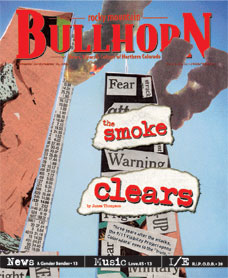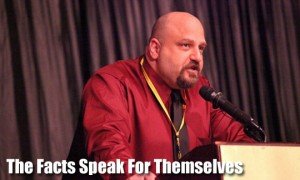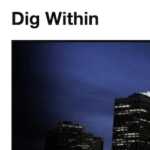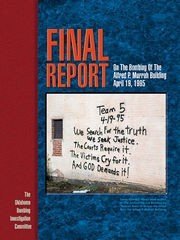What is Disinformation? Here’s what Wikipedia Says
Disinformation is the deliberate dissemination of false information. It may include the distribution of forged documents, manuscripts, and photographs, or propagation of malicious rumours and fabricated intelligence. In the context of espionage or military intelligence, it is the deliberate spreading of false information to mislead an enemy as to one’s position or course of action. It also includes the distortion of true information in such a way as to render it useless.
 Disinformation techniques may also be found in commerce and government, used by one group to try to undermine the position of a competitor. It in fact is the act of deception and blatant false statements to convince someone of an untruth. Cooking-the-books might be considered a disinformation strategy that led to the Sarbanes-Oxley Act.
Disinformation techniques may also be found in commerce and government, used by one group to try to undermine the position of a competitor. It in fact is the act of deception and blatant false statements to convince someone of an untruth. Cooking-the-books might be considered a disinformation strategy that led to the Sarbanes-Oxley Act.
Unlike traditional propaganda and Big Lie techniques designed to engage emotional support, disinformation is designed to manipulate the audience at the rational level by either discrediting conflicting information or supporting false conclusions.
Another technique of concealing facts, or censorship is also used if the group can affect such control. When channels of information cannot be completely closed, they can be rendered useless by filling them with disinformation, effectively lowering their signal-to-noise ratio.
The Cold War made disinformation a recognized military and political tactic, though disinformation is generally more subtle and designed to remain unnoticed by the target audience.
Disinformation should not be confused with misinformation, which is not deliberate; i.e., the person or news source forwarding the information doesn’t know it’s not true and/or actually believes it; thus, disinformation can be relayed as misinformation if the one relaying the message is not aware that the originator of the message deliberately manufactured false information and offered it up for distribution. Whether the target of such an attack is to mislead the end user of the information or if the disinformation is meant to destroy the credibility of those gullible enough to relay it (usually news agencies) and not really caring what damage it does to the ultimate recipient must be judged on a per case basis.
Examples of Disinformation
A classic example of disinformation was during the World War II, preceding the D-Day landings, in what would be known as Operation Fortitude. British intelligence convinced the German Armed Forces that a much larger invasion force was about to cross the English Channel from Kent, England. In reality, the Normandy landings were the main attempt at establishing a beachhead, made easier by the German Command’s reluctance to commit its armies.
An example of CIA disinformation was a pornographic movie made in the 1960s with an actor pretending to be President Sukarno of Indonesia. It was meant to undermine Mr. Sukarno with Muslims.[1]
When the Central Intelligence Agency learned of Soviet industrial espionage in the Farewell Dossier, they used disinformation to sabotage the Soviet economy using that stolen information, such as a logic bomb in stolen oil pipeline software to cause a massive explosion in the system.
In 1986, national security adviser John Poindexter wrote for President Reagan a “disinformation program” aimed at destabilizing Libya‘s Colonel Muammar al-Gaddafi by false reports in the foreign press about an impending conflict between the two countries. However the false information eventually reached The Wall Street Journal – a phenomenon known in the trade as blowback. [1]
FUD (Fear, uncertainty and doubt) is a good example from business that relates to marketing techniques. Kenneth Lay‘s appeal about the value of Enron stock may be another example.
On 24/08/2007 ninemsn Australia reported the Australian Government‘s Department of Prime Minister and Cabinet and Department of Defence making upwards of 5126 edits to pages about John Howard, the 9/11 Truth Movement, and Vietnam War-era Pentagon Papers. The article was based on information taken from the website Wikiscanner. The article stated the Prime Minister’s “departmental staff have been caught editing Wikipedia to remove details that might be damaging to the government”. [2]
–Editors note: I do not recommend Wikipedia under any circumstances as a good source of information, however, I will call on this article as part of the base of information available about disinformation for educational purposes. This article should not be considered to be a stand alone source on disinformation but adds to the already existing knowledge of the existence and proliferation of disinformation in the 9-11 movement. Publishing this article does not imply an endorsement of the Wikipedia site by visibility911.com.


























